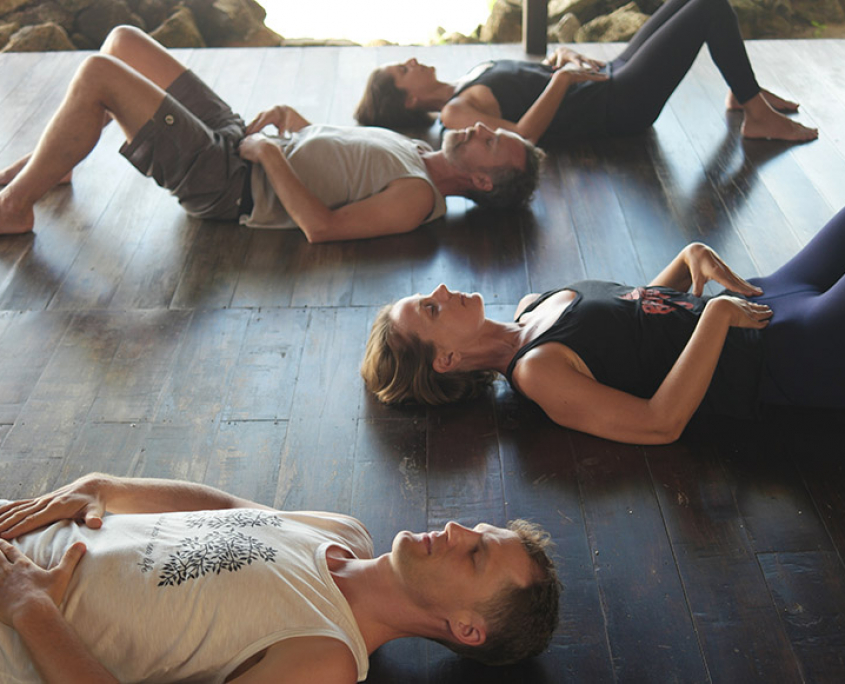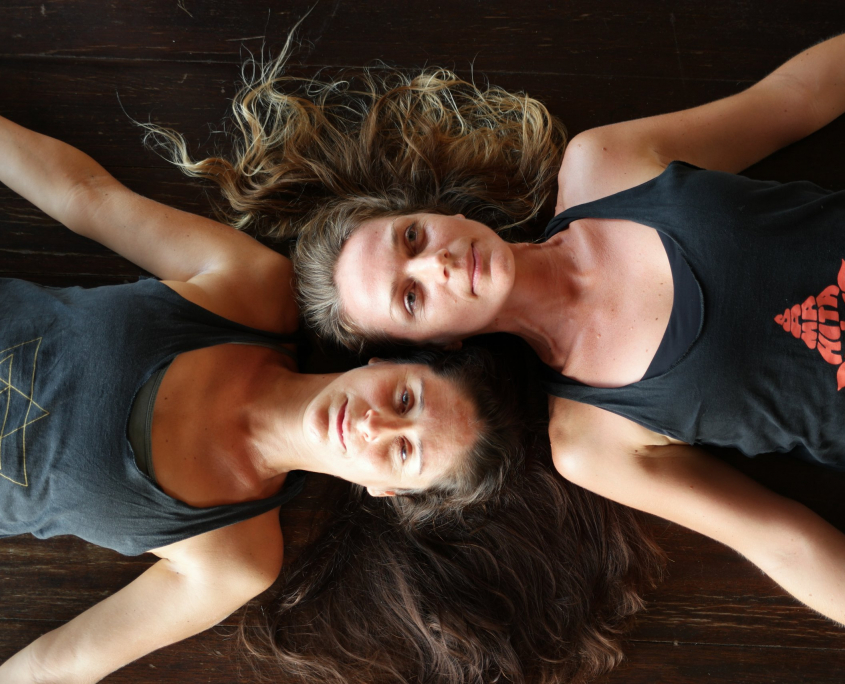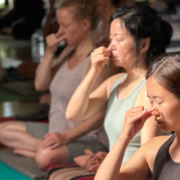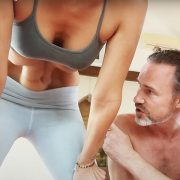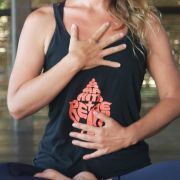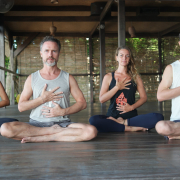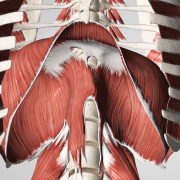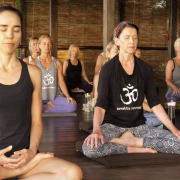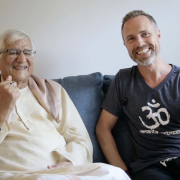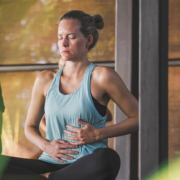 https://samahitaretreat.com/wp-content/uploads/2024/02/basic-breathwork.webp
600
798
Dr. Paul Dallaghan
http://samahitaretreat.com/wp-content/uploads/2024/01/samahita-logo-v2.svg
Dr. Paul Dallaghan2024-02-28 20:34:422024-02-28 20:35:53Navigate the World of Breathing
https://samahitaretreat.com/wp-content/uploads/2024/02/basic-breathwork.webp
600
798
Dr. Paul Dallaghan
http://samahitaretreat.com/wp-content/uploads/2024/01/samahita-logo-v2.svg
Dr. Paul Dallaghan2024-02-28 20:34:422024-02-28 20:35:53Navigate the World of BreathingLay on Your Back and Relax
Ask anyone would they like to take a relaxation break and the majority would respond emphatically with a “yes”. In fact, it’s so easy all you have to do is lay down on the floor wherever you are. Could be under your desk, in a dedicated room, on your bed, the garden, even the beach (if you’ve been lucky to get one of those this year). So why do so few take such breaks? Why is a supposed relaxation time given over to what is often a posture that still leaves the body in stress while engaged in some sensory-loading activity? Though many of those activities are needed and even enjoyable at times (think curled up on the couch watching some intense show!!) they serve a different purpose than restorative relaxation. Given the degree of carried bodily tension, continuous mental activity (especially, and unfortunately, if ruminating), a disturbed effect on sleep, the body is treated like an overworked mule with its nervous system at subpar performance. But you push on through. Stop! It’s not just merely “relax”. It is properly relax and remove that level of fatigue.
Fatigue is different to tiredness, though related. You’re tired, go to bed earlier. Even then you may still be fatigued. Or fatigue has crept back in early on in the day already. Fatigue is the degree of pressure your nervous system is dealing with. Most often it has a mental source though the physical contributes, especially if your posture is unsupportive, or worse, in a distorted position which by default adds stress. You may be trying too hard or not aware of a collapse across the front of the body which puts further stress on your inner (vital) organs.
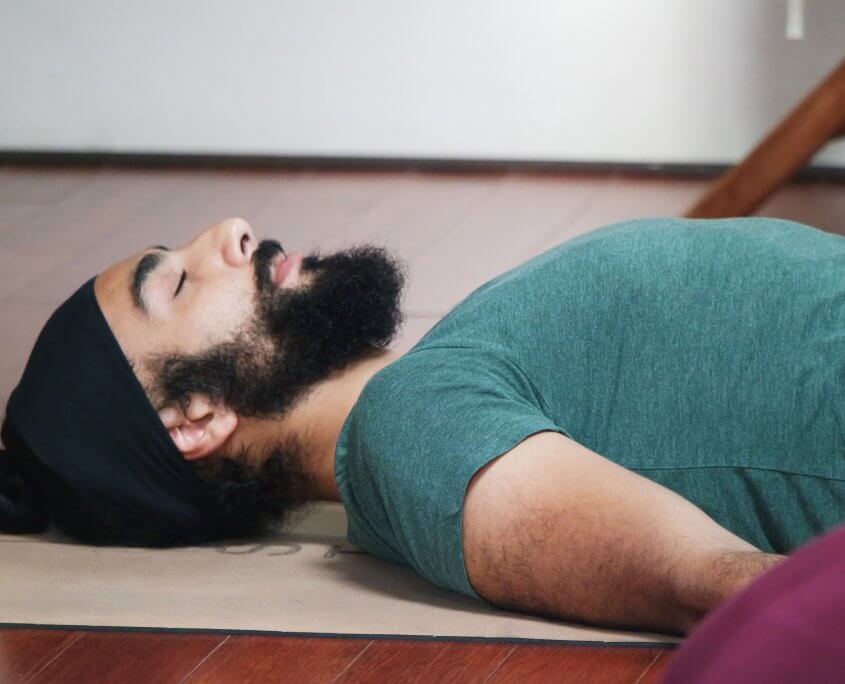
“An integral and important element of body and breath practice is frequent supine (lay on your back) or prone (lay on your belly) relaxation intervals.”
Even doing yoga postures, from what looks like a simple seated posture to more elaborate contortions, can be challenging in the sense of a physical effort that contributes to fatigue. Relaxation is key if these other postures’ body conditioning is to take place. Therefore, an integral and important element of body and breath practice is frequent supine (lay on your back) or prone (lay on your belly) relaxation intervals. Not just for yoga class, this relaxation approach is for life. It is necessary balance within the duality the body must deal with. Just sitting with good posture for much of the day, if your work requires it, coupled with a few breaks, is fatigue building. It’s load bearing on your nervous system.
You just want a break. Yet rarely is that met with a wise and healthy response. Though the solution is so simple.
Put it in your life.
Notice especially when fatigue creeps up. You will be less mentally clear or sharp and or your body will just feel heavy and/or tired. Lay down.
You will be renewed.
These positions provide you with a relaxed, comfortable bodily state allowing you to focus fully on the breath, be in the moment, and in effect remove fatigue that is slowing you down and making you feel tired, heavy, or lethargic. Such a resting state can be applied at any time during the day as and when you feel that sense of lethargy and fatigue.
Solution: do it, and here’s how. But more importantly, be bold and brave enough to just take those breaks, during a yoga (asana) class, throughout the day, before a meeting, in the mid-afternoon lull. It’s not just a good idea, it’s essential, yes, essential living!
Supine Relaxation Practice:
Lay on your back and relax, common in any body-based yoga class as savasana, literally meaning corpse pose. Simple in design yet difficult in proper execution, this supine relaxation method is described as an almost complete lack of movement – due to tension and restlessness – in the body coupled with a still mind, in-the-moment with soft breathing.
Method:
- Savasana (supine relaxation) – lay on your back, arms and feet spread evenly open
- With awareness, tune into the different bodily tissues and allow them to relax
- Watch the breath at the navel, rising on inhalation and falling on exhalation
- Allow the breath to come to an eventual state of passive respiration (minimal function of breath) whereby the body just breathes and you are aware and watch
- Being in such a mindful and relaxed state is by nature its own meditative approach
Relaxation with breath awareness as a meditative technique has been looked at in some studies and found to be more effective in reducing anxiety than just relaxing with music unaccompanied by meditation techniques (1).
We recommend you read our further guidelines for the practice of Savasana here: Breathwork and Savasana
Link to Main Article:
Dr. Paul Dallaghan’s expertise with breathwork, body and meditative practices comes from three sources: (1) three decades of daily dedicated practice and teaching these techniques; (2) uniquely acknowledged in the Yoga tradition by the title of “Master Yogi-Prānācharya (expert in breath)”, following an immersion in the original culture through one-on-one direct training in practice and study of ancient texts; (3) a PhD in doctoral scientific research at a leading US university (Emory) covering both the tradition and science of yoga and breath practices in terms of stress, health and aging. As a result, Paul occupies a unique space to impart genuine teaching and science on the breath, body, and meditative practices, seen as a Teacher-of-teachers and identified to carry on the tradition of Pranayama. His sincere and ongoing role is to teach, write and research, to help put out experienced and authentic information on these areas of how we live, breathe and be, to help people improve their mental and physical health, and live more fulfilling lives.
For more on his background see his bio
